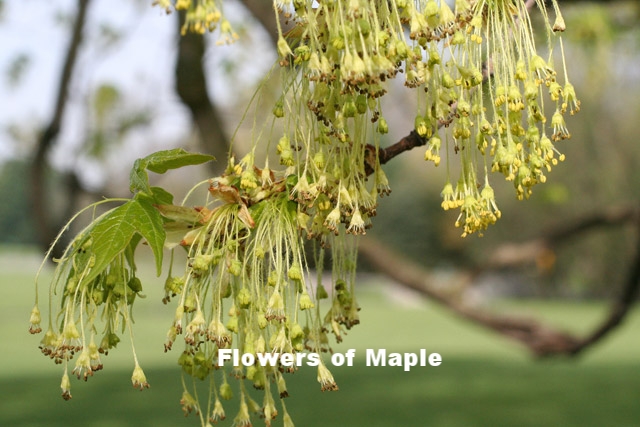Acer / Maple
Acer / Maple
Maple have long been a favorite tree in the landscape. Often known for their brilliant fall color which is classically captured in the Canadian flag. There are many species of maple and we have separated the maple trees we carry into their various species below.
Acer ginnala - amur maple
This ornamental maple tree is a great addition to a smaller landscape. It's fall color is tough to beat, and the samara maple seeds cling to the branches and provide attractive interest throughout the season.
acer platanoides - (NORWAY MAPLE)
This species of maple is commonly referred to as the Norway Maple. Originally native to the Scandinavian regions and Europe from France east to Russia, this maple has some of the largest leaves of the maple genus.
acer saccharinum - (silver maple)
This species of maple is a common choice for our region. Of all the maple species the Silver maple is probably the MOST tolerant of our alkaline soils. Referred to as the "silver" maple often because of the silvery color visible on the underside of the leaves. The silver maple leaf, in contrast to other maple species, is very deeply lobed or cut.
Acer saccharum - SUGAR MAPLE
This species of maple is the iconic leaf seen on the Canadian flag. The Sugar maple, as it is commonly named, is so named for the fact that the sap from this tree is used to produce maple syrup. The trees in this species have a beautiful orange to red fall foliage. The tolerance of these trees to alkalinity is not strong and a reduction in growth rate should be expected if choosing to plant this tree in heavy clayey soils.
acer tartaricum - tartarian maple
An exceptional, drought-tolerant low-growing tree for small landscape areas. Medium green summer leaves change to yellow, red, and reddish-brown in the fall. Fragrant greenish to yellow flowers in spring followed by attractive bright pink to red winged fruit. Used as a multi-stemmed shrub or can be pruned as a small tree. Tolerant of many soil conditions. Plant in partial shade to full sun.
acer x freemanii - (freeman maple)
This section is home to hybrid maple varieties. The Freemanii cross is a cross between the true 'Red' maple often seen in Minnesota and the Silver Maple that grows well in more alkaline regions. The result, a maple tolerant of alkalinity and with a beautiful red fall color. In the wake of the Emerald Ash Borer these trees are quickly becoming a chosen substitute for quick growing Ash varieties. We carry a couple of cultivars from this group.
CARE: POSITIVES & DRAWBACKS
POSITIVES:
Maple are an attractive street or boulevard tree. The Norway maple are a particularly good candidate for public spaces and parks. Maple are fair at tolerating drought (once established) and many of the varieties have good fall color, whether it be yellow or orange/red. Some of the cultivated varieties also have an attractive colorful Samara (seed).
DRAWBACKS:
Perhaps their biggest drawback in our climate is their inability to tolerate soils that are heavy in clay. That eliminates their use in some areas of the landscape. Another drawback is their seed dispersal. Of the various species the Silver Maple is probably the messiest as far as the seeds are concerned.
In alkaline (clay) soils maple are susceptible to iron chlorosis which is a treatable condition. Maple are also susceptible to sun-scald in winter. Warm rays of the sun can warm up the south side of a maple's trunk and cause cracking.
PRUNING:
Maple flower on their new wood that emerges in spring. Flowers are visible as the plant leafs out in early spring. One pruning point of note is that maple bleed more easily when dormant. The best pruning time for maples is typically right after the leaves emerge.
For more on identifying old wood and new wood see our page on care of woody plants.






